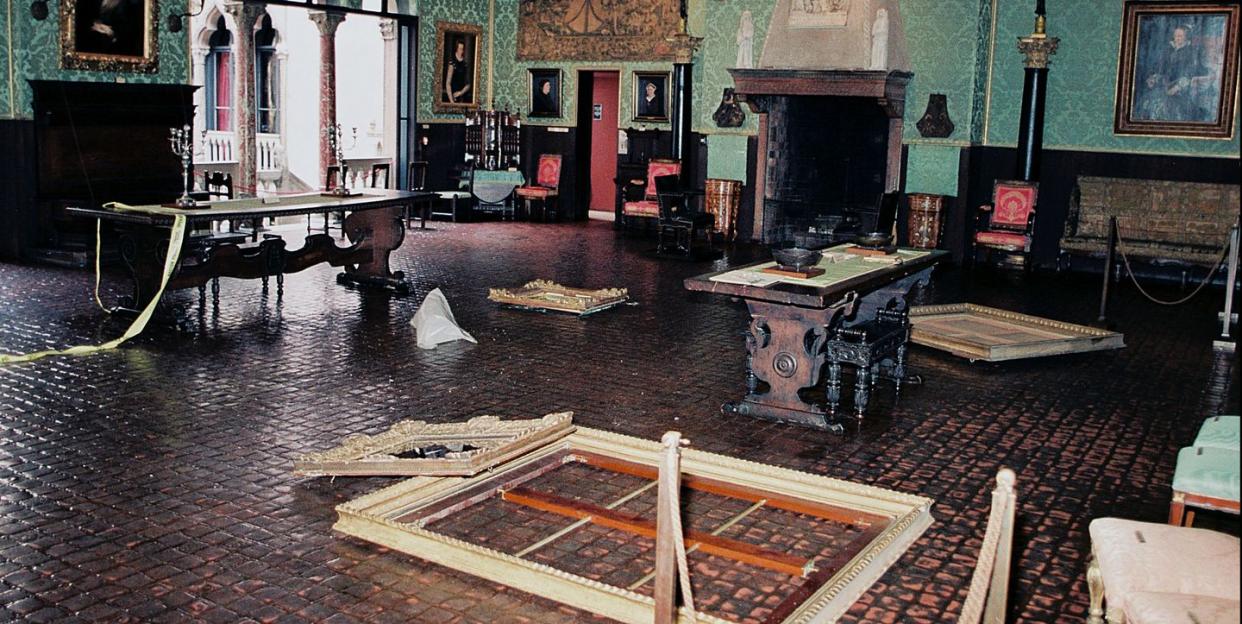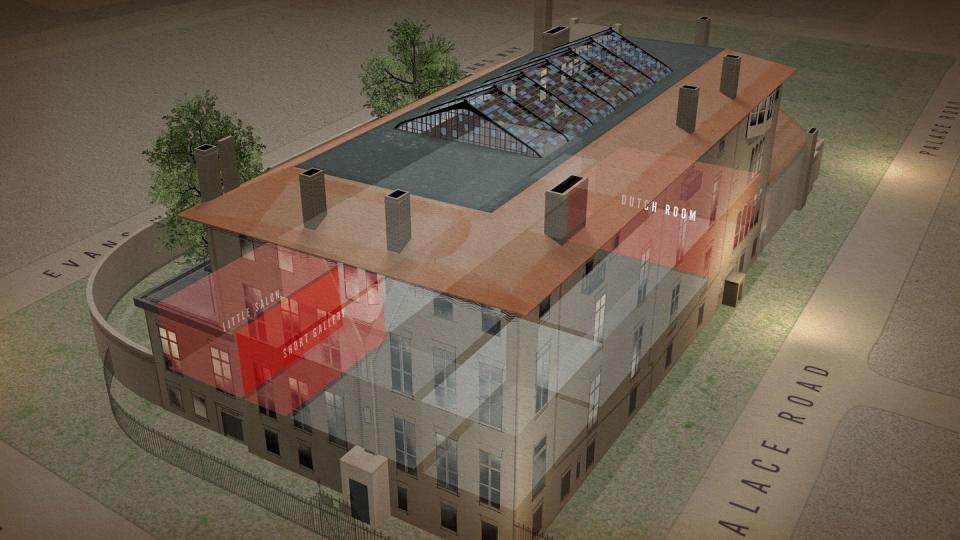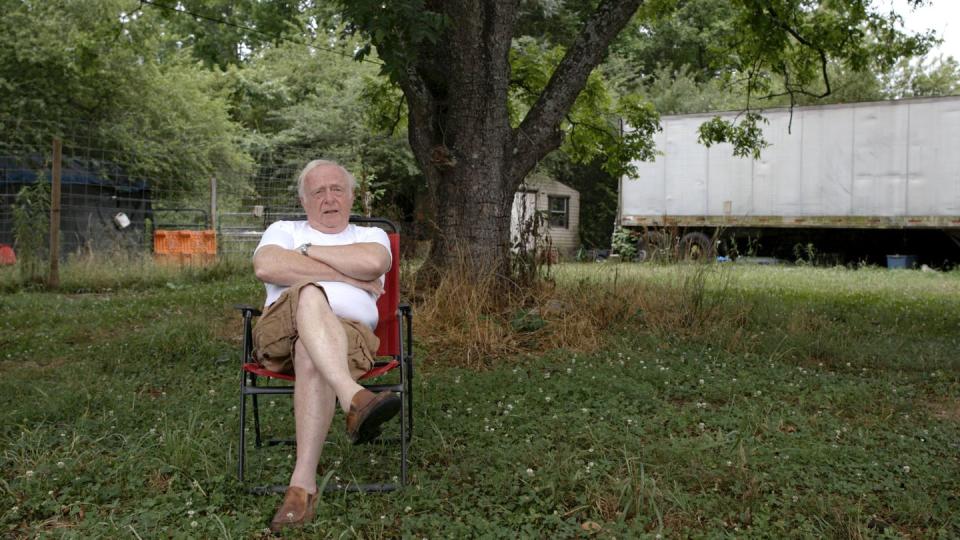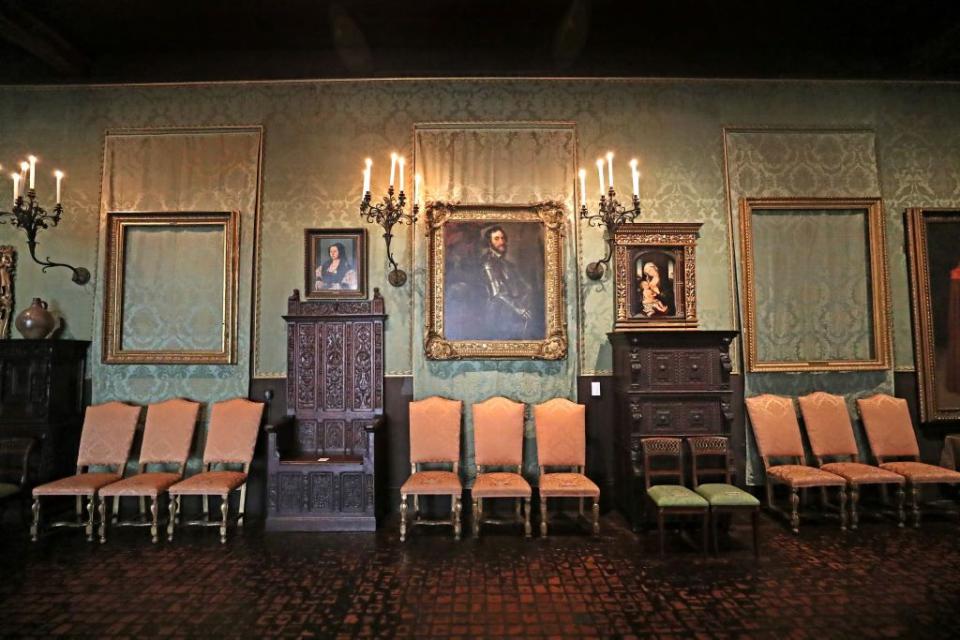What Really Happened with the Isabella Stewart Gardner Museum Art Heist

Early on the morning of Sunday, March 18, 1990, two men dressed as police officers and armed with pistols entered the Isabella Stewart Gardner Museum in Boston, tied up the security guards, and spent the next 81 minutes removing artwork from the museum’s galleries. They left the building with works by Degas, Rembrandt, Vermeer—in total 13 pieces now valued at $500 million.
It was the largest theft from a museum in modern history, and despite an ongoing three-decade-long investigation and a $10 million reward for information that leads to the return of the stolen work, no suspects have been arrested and none of the art returned.
Filmmakers Colin and Nick Barnicle, who grew up in a town right outside of Boston, spent seven years interviewing witnesses, suspects, investigators, and art world experts for their new documentary, This is a Robbery: The World's Biggest Art Heist, which debuts tonight on Netflix. The four-part series lays out in fascinating detail how the crime took place, recent developments in the investigation, and the myriad theories and suspects the FBI and other investigators have pursued and abandoned over the years.
“There are so many factors that make this case unique,” Colin, who directed the series and served as co-executive producer with his brother, Nick, told T&C. “The people, the place, but most of all because it was Boston in the 1990s.”
The Crime

Everyone agrees on at least some of the facts. The robbery took place on a busy holiday weekend when local police had their hands full overseeing the St. Patrick’s Day parade and accompanying celebrations.
The thieves were familiar with the museum’s layout as well as its security protocols, though to what level of detail is still debated. They took some of the Gardner's rarest paintings, but also grabbed pieces of lesser value, including an ancient Chinese beaker and a bronze Napoleon-era finial.
Witnesses and Persons of Interest

“A lot of people assumed at first that it was a high-brow Thomas Crown Affair–type thing,” said Colin. “When you hear about a robbery involving a Rembrandt or Vermeer, you think of international criminal masterminds.”
But attention soon turned to local actors, among them a notorious art thief named Myles Connor (he was in jail at the time of the robbery), a gang of low-level drug dealers that operated out of a run-down auto body shop in Dorchester, members of the Italian mob and the IRA, and even some of the guards who worked at the museum.
The Barnicles interviewed hundreds of people for the series, including former guards, art experts, and suspects.“Boston is such a small city that if you live here it’s kind of inevitable that you’ll know someone who was somehow involved in the case. We’d speak to one person and they’d say, ‘Have you talked to so and so?’”
The Theories
A boggling aspect of the case is that none of the stolen art has resurfaced. Because the robbery received so much attention, the works would have been difficult to fence, but if the motive for the crime was to make money, it would be reasonable to expect after all this time has passed that at least one or two pieces would turn up on the black market.
Some of the most fascinating parts of the series are dedicated to exploring other possible motives for theft. The filmmakers flew to Northern Ireland to interview experts familiar with IRA operations about a theory involving trading art for guns. They spoke to organized crime experts about the possibility that the art was stolen to be used as a bargaining chip to reduce the sentence of imprisoned mobsters.
“Researching the case was like learning the game of chess,” says Barnicle, “The more you know about it, the more options you see.” And while This is a Robbery sheds light on which theories are more likely than others, the filmmakers were careful not to draw final conclusions. “I don’t think you can say the case is solved until the art is found.”
The Aftermath

The Gardner Museum, a beloved but lesser-known institution, found itself suddenly in a spotlight of international attention after the robbery. Its executives decided to rehang the empty frames the robbers left strewn on the gallery floors “as a placeholder for the missing works and as symbols of hope awaiting their return.” Ever since, a visit to the museum (and recently its website, too) includes an encounter with the events and repercussions of a night 30 years ago.
The theft also brought attention to Boston’s then large and remarkably varied criminal base. “One of the things I hope people will take away from the series is what a crazy confluence of really high art and low and low crime this was,” says Barnicle. “This was quintessential Boston, 1990, I don’t think it could have happened anywhere else and if it did the robbers would have been caught long ago.”
You Might Also Like

